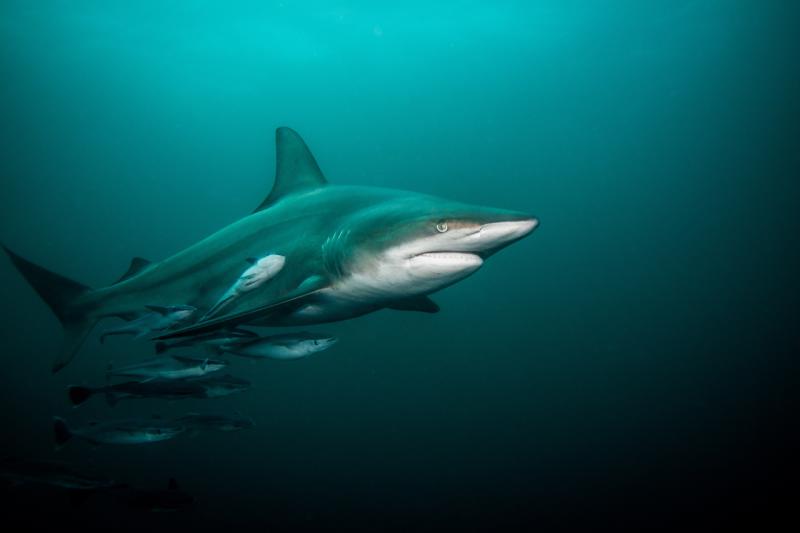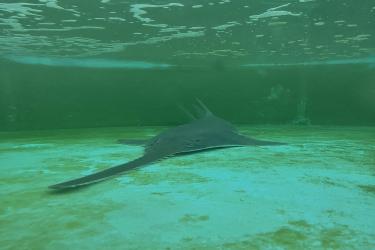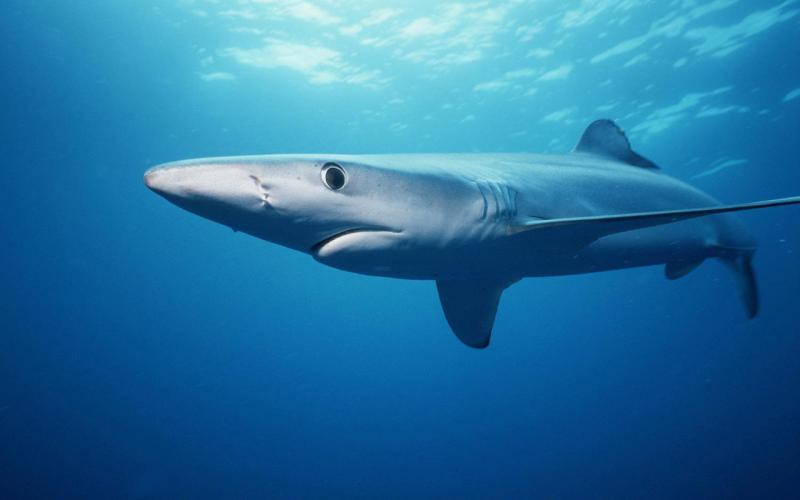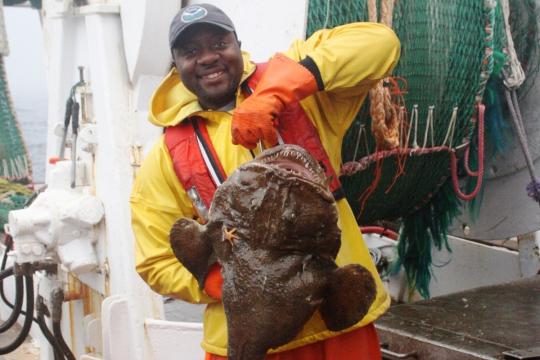As you scan the seafood counter in search of new foods, keep a look out for U.S.-caught shark. That’s right—seafood consumers concerned about the environmental impact of eating shark can rest assured. Finding sustainable products is as simple as asking where it was harvested.
“U.S. shark fishermen work under some of the most robust environmental standards in the world,” said Randy Blankinship, a fisheries management specialist who leads the group in charge of safeguarding shark populations in the Atlantic. “Their decades of stewardship should be recognized at the market.”
It’s a common misconception that all sharks are endangered. It’s true that overfishing, habitat loss, and other practices have greatly depleted some shark populations overseas. But that’s not the case in the United States. In fact, none of the 43 Atlantic shark species managed by NOAA Fisheries are listed as endangered in U.S. waters under the Endangered Species Act. Oceanic whitetip and scalloped hammerhead—which fishermen are either prohibited from harvesting or allowed to keep only in limited situations—are listed as threatened.
Several commercially in-demand species have actually experienced population growth in recent decades as a result of the United States’ science-based management. The number of blacktip sharks in the Gulf of Mexico was on the decline into the 1990s, for example. Their tasty meat made them the target of many shark fishermen.

Farther north, management measures for spiny dogfish also allowed the population to grow. That stock has been fully rebuilt since 2010.

Sandbar sharks are a good example of ongoing rebuilding efforts. Known for their appetizing meat and large fins, this moderately-sized shark had been a primary target of Atlantic shark fishermen for decades. That demand contributed to the stock becoming overfished, which was confirmed in a 2006 stock assessment. We responded by significantly lowering the allowable catch. Today, only 5–7 vessels participating in a unique research fishery are allowed to keep a limited number of sandbar sharks each year.






